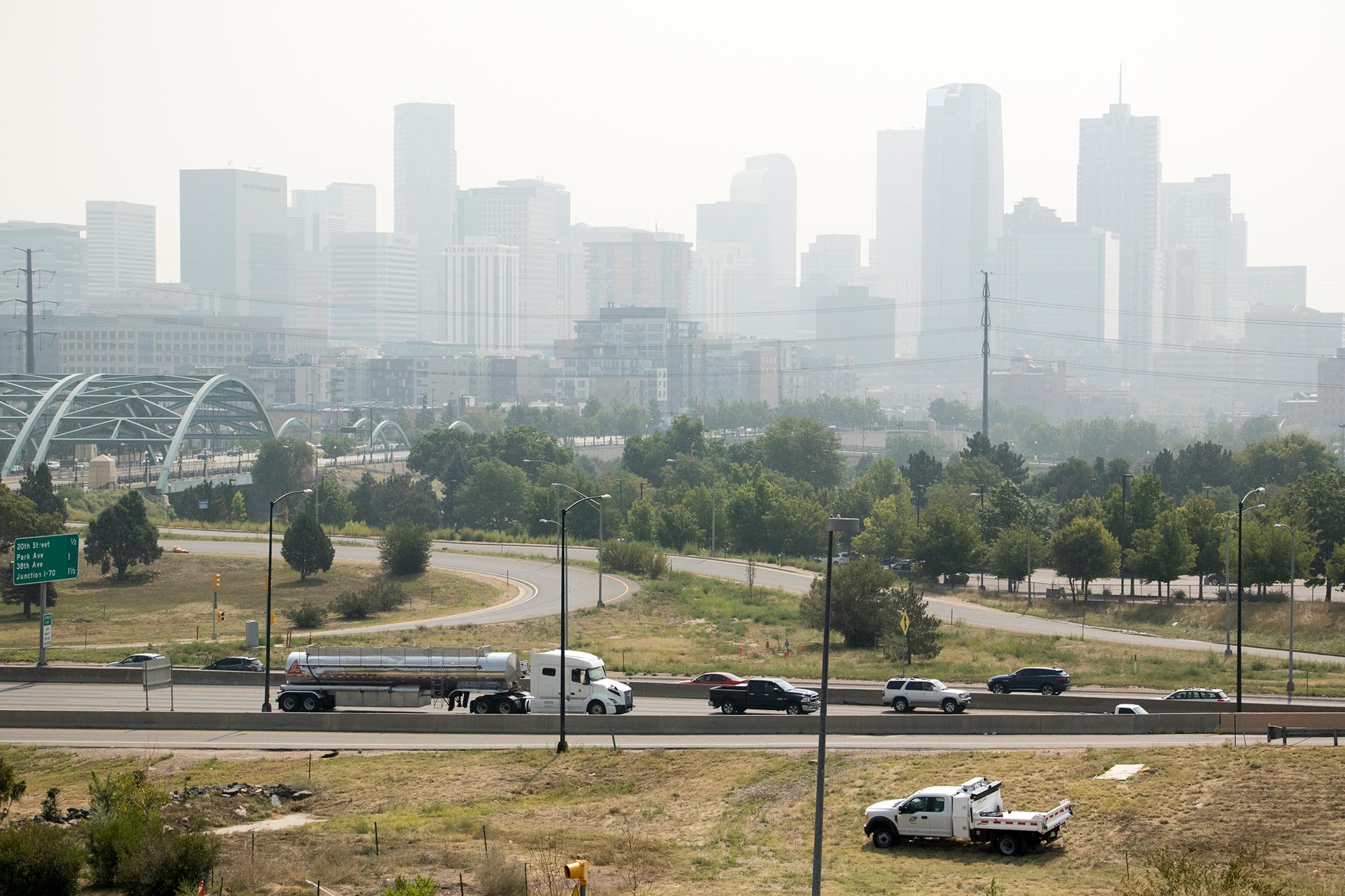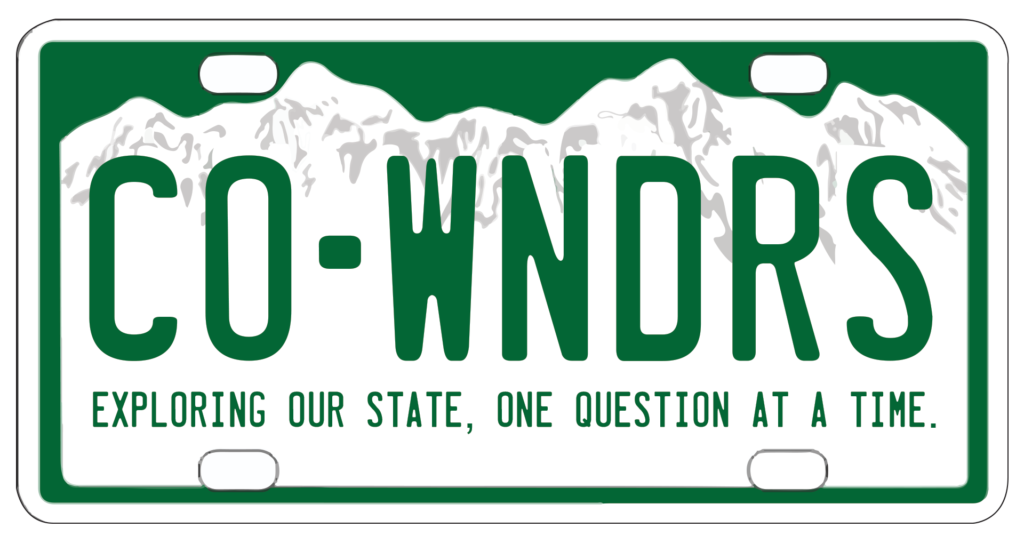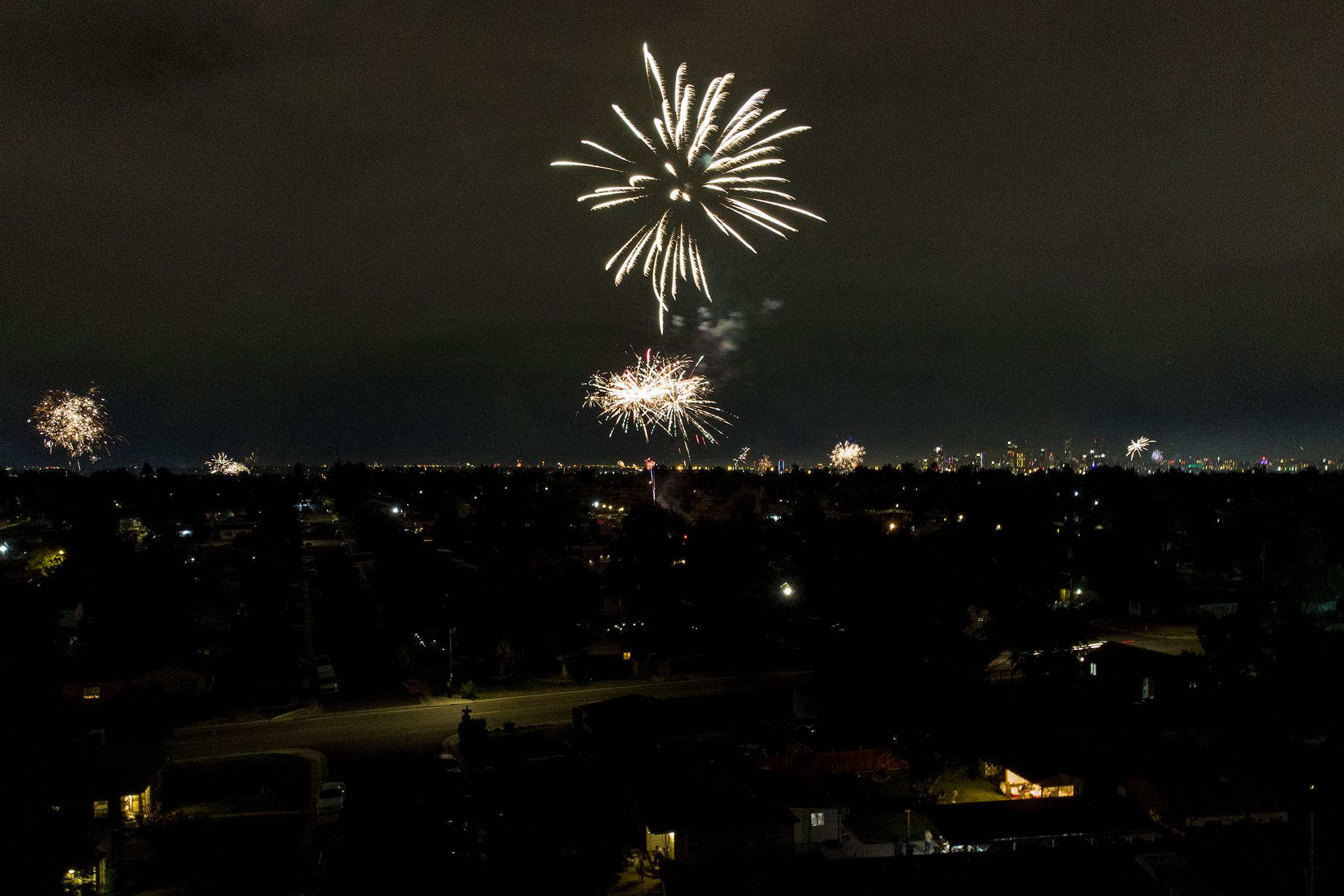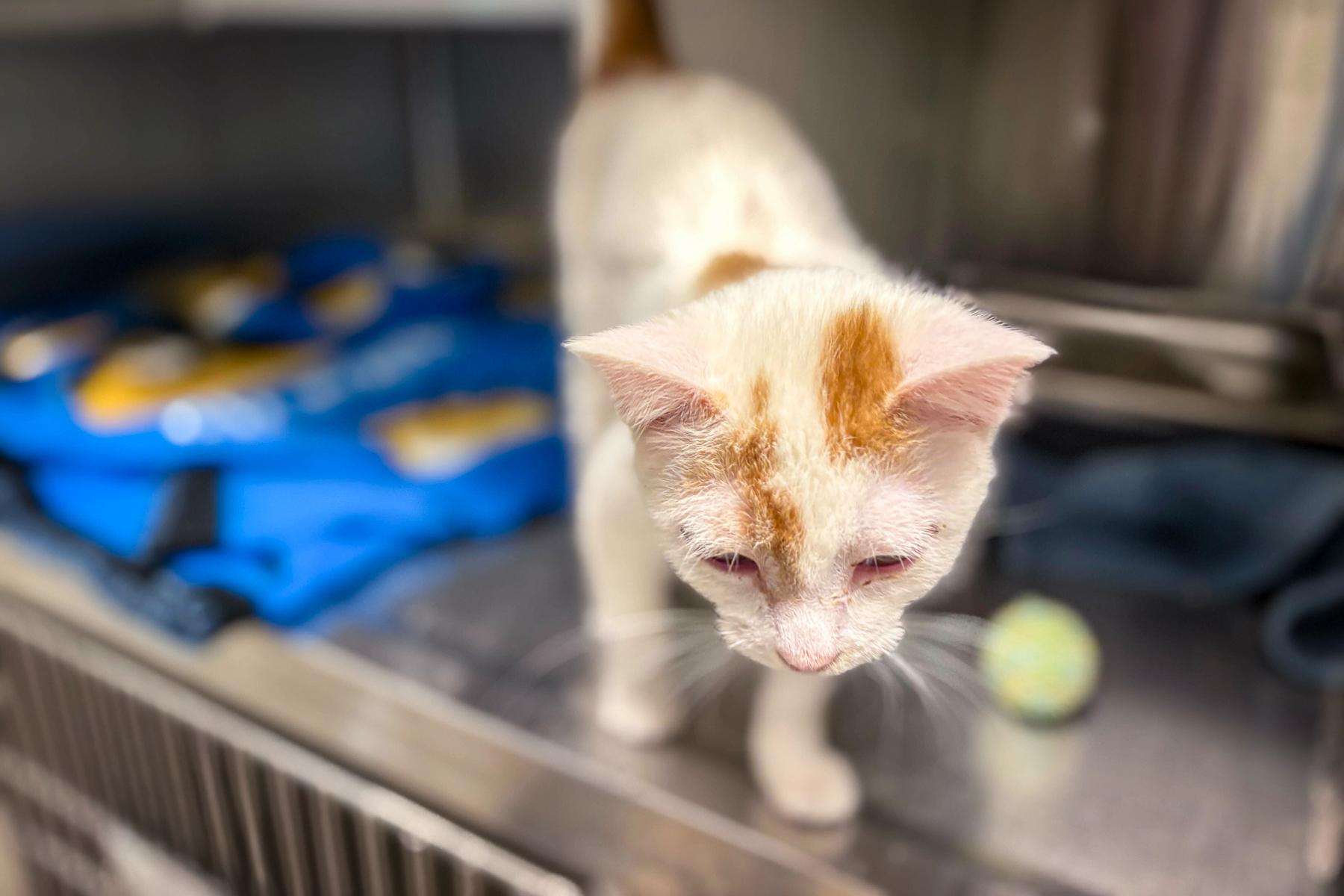
Marna Ares of Denver was heading for a hike recently and drove under one of those electronic signs on Interstate 70 that flashed a warning: “Ozone Alert.”
“I wondered if we were going to avoid it by going to the mountains?” Ares said. She submitted that question to Colorado Wonders.

Scientist Gabriele Pfister has been tracking the movement of polluted ground-level ozone for years with the Boulder-based National Center for Atmospheric Research. And yes, it makes it to the mountains.
Pfister said her research and that of other scientists have discovered that typical weather patterns “bring all that pollution up into what we call the pristine area, which suddenly can become a polluted area up there.”
What Triggers An Ozone Alert
Pfister calls ozone pollution a “soup” and the air can look murky when it’s happening. The soup is made up of all kinds of pollutants emitted on a daily basis. Some of the main ingredients are car tailpipes, oil refineries, oil and gas extraction and air conditioning.

On a normal day, these pollutants are dispersed by air movement and don’t get concentrated enough to meet federal limits that trigger a warning. But Pfister said this concoction just needs sunlight and a day with little or no wind to trap the pollutants.
If an alert is in effect, the Colorado Department of Public Health and Environment urges people to limit car trips, and avoid pumping gas in the heat of the day when vapors can contribute to the problem. Same goes with mowing your lawn with a gas mower.
You can get more details at this site, run by Denver Regional Air Quality Council.
The pollution level can cause immediate problems for people with lung issues, like asthma, the elderly and anyone with compromised immune systems. Health officials urge them to stay indoors. And they say no one should breathe it in too deeply, so they advise against vigorous exercise. The pollution can also be an issue for your pets and plants too.
Traveling Pollution (or... You Can Drive But You Cannot Hide)
Pfister’s research has shown that a common weather pattern in metro Denver — upslope winds — often helps move the band of pollution into the foothills and mountains. It has been found in Rocky Mountain National Park, on Longs Peak, Grand Lake and other areas across the Continental Divide.
“We have seen actually days when we reached the highest ozone concentrations at sites in the mountains, like at Longs Peak, compared to any of the monitoring sites in the Front Range,” Pfister said. “It can be even more concentrated in the mountains.”
Pfister said if you don’t want to breathe the pollution -- or contribute to it -- the best way is to stay out of the car altogether on those days.
But there is one work-around, she said.
“The highest ozone concentrations, if you’re up in the mountains, you reach them typically late afternoon towards evening, Pfister said. “So if you are smart ... and you go on your hike early morning and you are back by noon, early afternoon, then you are most likely avoiding these pollution influences.”
There’s another advantage to this plan, Pfister said. “On top of that, you're avoiding being hit by lightning.”









